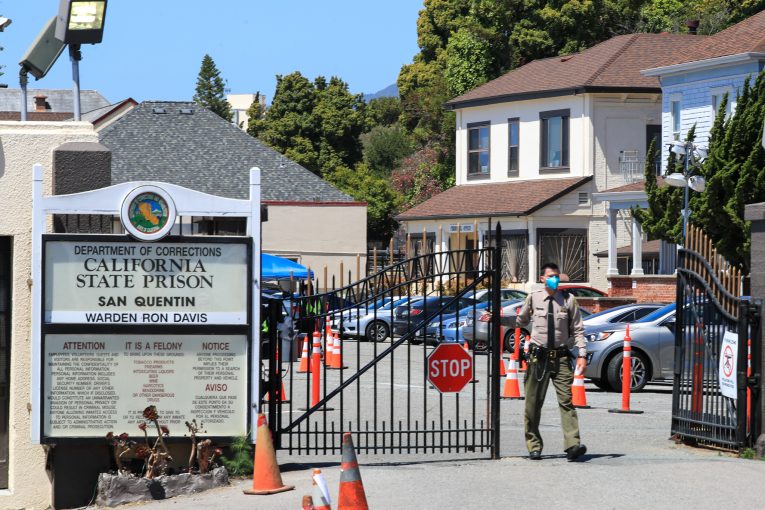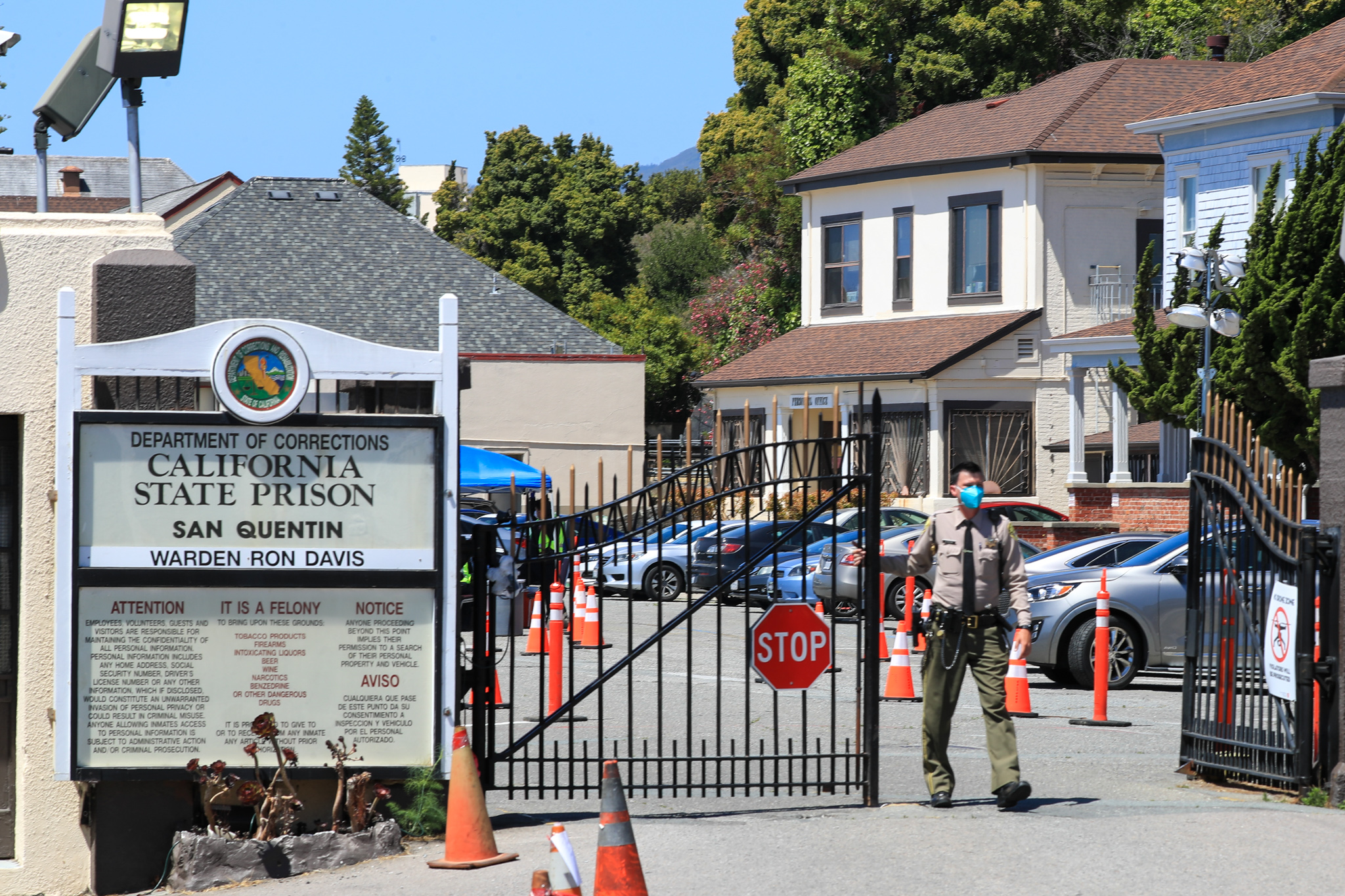

 By F. Orlando Wells
By F. Orlando Wells
There is a great deal of focus currently on innovating rehabilitation programming and the long term benefits to the incarcerated and public safety. The changes planned for San Quentin, directed by Governor Newsom, is a prime example of the new approaches being enacted.
The variety of programs currently available within prison and through correspondence have significantly impacted suitability releases and successful reintegrations. Positive behaviors resulting from such programs has become the new norm statewide in California.
However, one subject which remains unaddressed and is deeply stigmatized is the PC 290 population, otherwise referred to as sex offenders. Plainly stated, there are no rehabilitation programs available while in custody. Essentially, they are left to fend for themselves.
There are a number of factors that directly contribute to this extraordinary problem.  Yes. I said a problem.
Yes. I said a problem.
The common consensus is “F them! They can’t change or be fixed so keep them locked up and throw away the key.” Not a solution since realistically a large percentage of them are released WITHOUT treatment.
Science in Cognitive Behavioral Therapy indicates that ALL criminal or deviant thinking is treatable using insight therapy, client centered therapy and addressing Adverse Childhood Experiences (ACEs), commonly referred to as childhood trauma. Such therapies directly treat behaviors stemming from ACEs known to be contributing factors in criminal/deviant thinking leading to destructive and harmful behaviors.
It is easy to continue stigmatizing sex offenders based on their behaviors and even easier to target them for violence, bullying, and the use of fear tactics to humiliate and debase them which is the practice both in and out of prison. It is justified when it’s for the protection of families, right?
I challenge that thinking as seriously flawed on multiple levels and lacking any factual basis to sustain it.
Examine the history of violence committed upon sex offenders and the implications and long-term outcomes.
First, the unreasonable and illogical policy changes targeting only sex offenders are extreme and beyond relative to:
- Safety and Security
- Sensitive Needs Yards program (SNY) initiated to curb the extreme violence committed on sex offenders (late 90s-early 2000’s)
- No research data collected by CDCR officials determining the adverse effects or benefits to implementation. SNY programming from a sociological perspective is a more community based approach to rehabilitation
- Programs specific to rehabilitative needs of PC 290 inmates are nonexistent due to such a cohort identified as vulnerable.
The real question is if the SNY program was specifically designed to protect and/or minimize potential violence on sex offenders, how is it logical to deny rehabilitative programs if the environment created for them is supposedly safer, reducing vulnerability?
- Sex offenders isolate and tend to avoid rehabilitative programs, fearing exposure to violence (a result of historical abuses in custody).
- Policies enacted are designed specifically to exclude sex offenders even though research data collected by CDCR (Research report No. 46 1968-1972) indicate inclusion reduces recidivism
CDCR reports in that report that connections to family and friends increases successful reintegration to communities and therefore undermines policies designed to exclude specific cohorts of inmates based on conviction. This indicates the CDCR aspires or rather conspires to promote a hierarchy of crimes philosophy all the while demonstrating in their own research the benefits to public inclusion to family visiting programs. So by intentionally excluding sex offenders and creating policies that block rehabilitation, who is actually putting the public at risk?
The report clearly states that non-participants referred to as “loners” were six times more likely to reoffend. This indicates there is some meaningful investment made towards recidivism by the “experts” on safety and security who cite the public as their primary concern. Seems contradictory and begs the question as to why. Current legislation is apparently reliant on statistical data relevant to this issue mainly because none has been collected.
A recent article in the San Quentin News March issue of 2023 titled “Mass Incarceration Myths Continue to Propagate,” cites statistics gathered by the Prison Policy Initiative from 2016 and 2017 Bureau of Justice Statistics data. In the piece, “Myth Five – Persons in prison for violent or sexual crimes are too dangerous to be released,” the data indicated that “people convicted of violent or sexual offenses are among the least likely to be rearrested.”
The data cited that “those convicted of rape or sexual assaults have a re-arrest rate of 20% lower than all other offense categories combined.”
If this is the factual truth then the biases, fears, and beliefs driving the stigmas require closer examination.
Think of it this way. Sex offenders are excluded by policy from having relevant rehabilitative programs while in prison. Yet, they have the lowest rating to reoffend. Imagine how much that number could drop with help and insight through programs.
Sex offenders are still the number one target for violence by other inmates with “better” crimes and little is done to discourage these practices or beliefs. It is a cultural norm sadly.
The antiquated hierarchy of crimes philosophy can no longer go unchallenged as an acceptable approach to innovative rehabilitative change both culturally and sociologically. It cannot be palatable any longer, simply due to the ease and justification of stigma.
It boils down to this simple truth. Thousands of sex offenders are released yearly. That is a real fact. So ask yourself this question. Who do I want in my community?
This is a good scenario to consider:
Two sex offenders are being released on the same day and returning to your community. The first endured continued victimization, being attacked violently and repeatedly, then retreated into isolation never seeking self-help or rehabilitation programs fearing further violence and humiliation. No rehabilitation or skills were gained to resocialize or get treatment.
The second on the other hand was treated with simple common decency and dignity. This person engaged in self help, therapy, college, and pro-social activities throughout incarceration gaining insight and working to make amends. This person demonstrates pro-social behaviors, is productive, and lives with purpose.
Which person do you want in your community and what is your contribution to either person?
Perspective is everything and one thing that one can rely on is facts, data, statistics and evidence. There is research on what is effective and what works for rehabilitation. Fear and hate has never served the greater good for anyone.
Learning to face a fear filled, traumatic past in order to be able to change, learn, heal, and grow is daunting enough. Support is extremely important and key to successfully achieving positive change. It can’t be done alone.
The choices we all make always impact others in one way or another. Will your choice on this topic contribute in a negative or a positive way. Will you help send someone to your community that is changed and doing good prosocial things? What you choose has real power.
